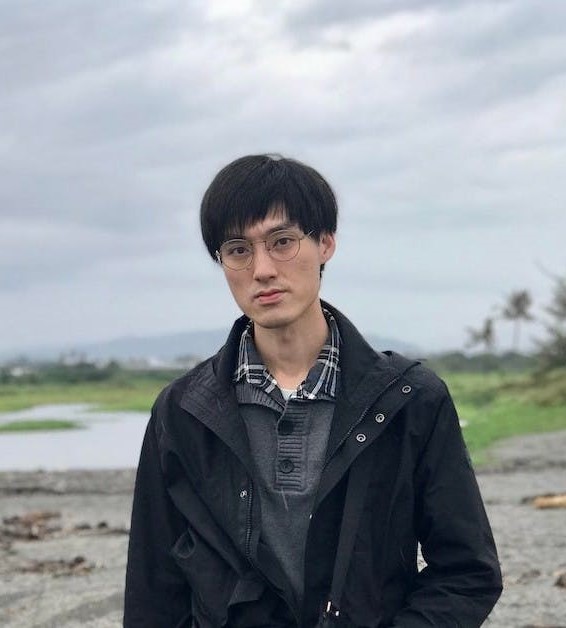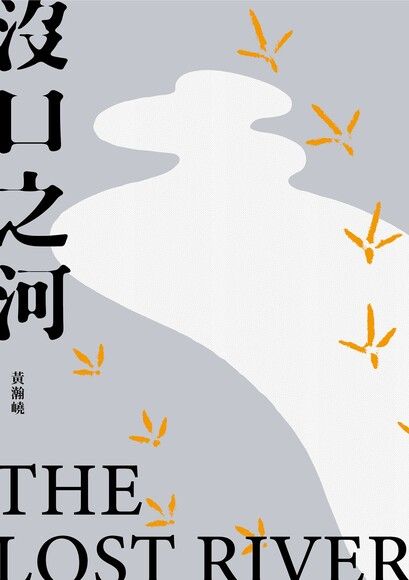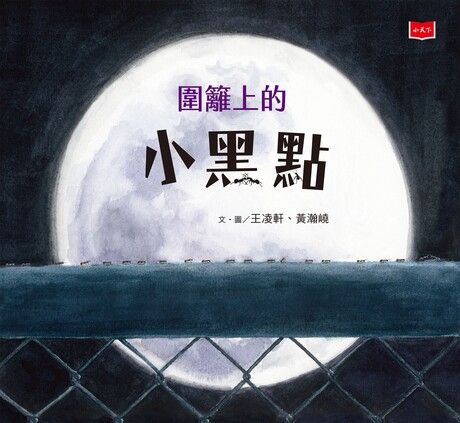
黃瀚嶢
Huang Han-Yau (⿈瀚嶢) loves to observe nature and thought he had to go to the mountains to experience it before he realized that the city is its own kind of wilderness. With the exception of a few places that he visits on a regular basis, he can’t remember the locations of almost any of the shops he’s been to, but he’s gradually drawn a map of the city that feels like it belongs to him. There are buried irrigation canals, disappearing courtyard houses with vegetable gardens, old city walls, treelined streets, formerly prosperous neighborhoods, old trees, ferns, birds’ nests, termite nests, and stray cats. Since then, he has been living inside that map and is constantly trying to re-draw those invisible paths and landmarks with words, illustrations, and commentary, so that his friends can travel there too. His narrative non-fiction book The Lost River won the Taiwan Literature Award in 2023.
Works

